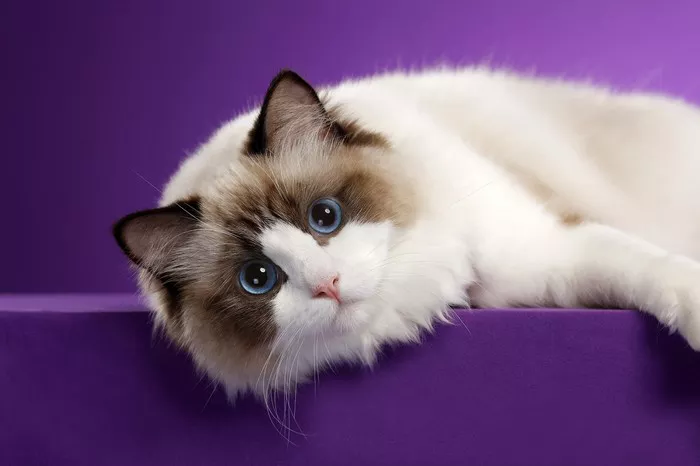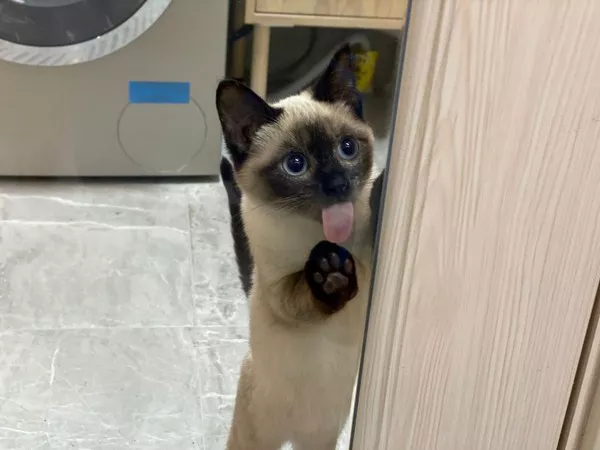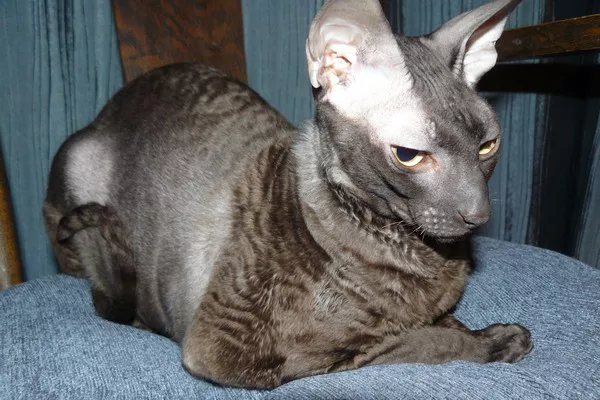In the world of feline companionship, few breeds captivate the imagination quite like the Ragdoll cat. Renowned for their striking blue eyes, gentle temperament, and luxurious coat, Ragdolls have earned a devoted following among cat enthusiasts worldwide. However, amidst the admiration and adoration, questions linger regarding their distinctive coat characteristics. One common query that arises is whether the Ragdoll cat is long-haired. In this article, we embark on a journey to unravel the mysteries surrounding the Ragdoll’s coat length, dispelling myths and shedding light on the truth behind their exquisite fur.
The Ragdoll Cat: An Icon of Elegance and Grace
Before delving into the specifics of the Ragdoll’s coat, it’s essential to appreciate the breed’s overall beauty and charm. Ragdoll cats are renowned for their striking appearance, characterized by their large, expressive blue eyes, sweet, open expressions, and distinctive pointed coloration. Their semi-long, silky fur and plush, dense coat contribute to their luxurious appearance, exuding an air of elegance and grace that is unmistakably Ragdoll.
Understanding Coat Length in Cats: The Basics
Coat length in cats is determined by genetic factors and can vary widely among different breeds and individuals. In general, cats can be classified into three main categories based on their coat length:
1. Short-haired: Short-haired cats, also known as domestic shorthairs, have coats that are relatively short and sleek, with minimal undercoat and little to no feathering on the tail and ears.
2. Long-haired: Long-haired cats, on the other hand, boast coats that are dense, silky, and flowing, with abundant feathering on the tail, ears, and chest. Breeds such as the Maine Coon, Persian, and Norwegian Forest Cat are known for their luxurious, long-haired coats.
3. Medium-haired: Some cats fall into an intermediate category, with coats that are neither short nor long but somewhere in between. These cats are often referred to as medium-haired or semi-long-haired breeds and may have fur that is plush, soft, and moderately dense.
The Ragdoll’s Coat: Deciphering Its Characteristics
When it comes to the Ragdoll cat, the breed’s coat is one of its most distinctive and admired features. Ragdolls are known for their semi-long, plush fur, which is soft, silky, and dense, with a luxurious texture that invites stroking and cuddling. The Ragdoll’s coat is characterized by its medium length, falling somewhere between the short-haired and long-haired extremes, giving it a balanced and flowing appearance.
Dispelling the Myth: Is the Ragdoll Cat Long-Haired?
One common misconception about Ragdoll cats is that they are long-haired breeds. While Ragdolls certainly possess luxurious fur that gives the impression of length, they are technically classified as semi-long-haired cats rather than long-haired. The distinction lies in the length and density of their coats, which, while abundant and plush, do not reach the same lengths as those of breeds such as the Persian or Maine Coon.
Coat Varieties: Exploring the Colors and Patterns of Ragdoll Fur
In addition to their semi-long, silky fur, Ragdoll cats come in a variety of colors and patterns, adding to their allure and charm. The Ragdoll breed standard recognizes several color variations, including:
1. Seal: A rich, dark brown color with darker points on the ears, face, paws, and tail.
2. Blue: A pale, slate-blue color with darker blue points.
3. Chocolate: A warm, chocolate-brown color with darker brown points.
4. Lilac: A soft, pale lavender-gray color with pinkish-gray points.
5. Flame: A creamy, pale orange color with darker orange points.
6. Cream: A pale, creamy color with slightly darker cream points.
These colors can be combined with a variety of patterns, including colorpoint, mitted, bicolor, and lynx (tabby) patterns, resulting in a wide range of stunning coat combinations.
Grooming Needs: Maintaining the Beauty of the Ragdoll Coat
While Ragdoll cats are not considered long-haired breeds, they still require regular grooming to keep their fur looking its best. Ragdolls are moderate shedders, meaning they shed seasonally and require brushing to remove loose hair and prevent mats and tangles. Regular grooming sessions not only help keep the Ragdoll’s coat healthy and free of knots but also provide an opportunity for bonding and socialization between cat and owner.
Nutritional Needs: Supporting Coat Health From Within
In addition to proper grooming, maintaining the health and vitality of the Ragdoll’s coat requires attention to their nutritional needs. A balanced diet that provides essential nutrients, including protein, omega-3 and omega-6 fatty acids, vitamins, and minerals, is crucial for promoting healthy skin and coat. Look for high-quality cat foods formulated specifically for kittens or adult cats, as well as supplements designed to support skin and coat health if needed.
Environmental Factors: Creating Optimal Conditions for Coat Care
Environmental factors can also influence the condition of the Ragdoll’s coat. Providing a clean, comfortable living environment free of dust, dirt, and other contaminants helps keep the coat clean and reduces the risk of skin irritation or infection. Additionally, maintaining optimal humidity levels in the home can help prevent dry skin and dandruff, which can affect the health and appearance of the Ragdoll’s fur.
Conclusion: Celebrating the Beauty of the Ragdoll Coat
In conclusion, while the Ragdoll cat is often admired for its luxurious fur, it is technically classified as a semi-long-haired breed rather than a long-haired one. Ragdolls possess soft, silky coats that are dense and plush, giving them a distinctive and elegant appearance. By understanding the characteristics of the Ragdoll’s coat, providing proper grooming and nutrition, and creating optimal living conditions, Ragdoll cat owners can ensure their feline companions enjoy a lifetime of health, happiness, and stunning fur.


























